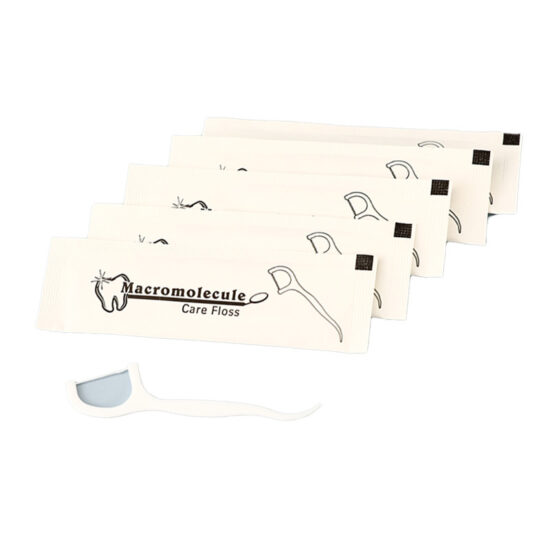bob@nbdho.com
How Toothbrush Design Has Evolved Over the Years
Here’s a concise yet engaging overview of How Toothbrush Design Has Evolved Over the Years — perfect for a blog post or social media content:
How Toothbrush Design Has Evolved Over the Years
The humble toothbrush has come a long way from its early beginnings. Here’s a quick look at how toothbrush design has transformed through history:
1. Ancient Beginnings
- Early civilizations used chew sticks—twigs with frayed ends—to clean teeth.
- The Chinese invented the first bristle toothbrush around the 15th century, using hog bristles attached to bamboo handles.
2. 19th Century Innovations
- Mass production began with handles made from bone, ivory, or wood.
- Bristles were still animal hair, often stiff and unhygienic.
3. 20th Century: Nylon Bristles and Plastic Handles
- In the 1930s, nylon bristles were introduced by DuPont, replacing animal hair.
- Plastic handles made toothbrushes more durable, hygienic, and affordable.
- Manual toothbrushes became widely accessible.
4. Electric Toothbrushes
- The first electric toothbrush was launched in the 1960s.
- Innovations included rotating, oscillating, and sonic technology for better cleaning efficiency.
5. Modern Features and Eco-Friendly Designs
- Today’s toothbrushes come with ergonomic handles, multi-speed electric options, and smart technology (Bluetooth connectivity, apps).
- Growing awareness has led to bamboo toothbrushes and biodegradable materials.
- Specialized brushes target whitening, sensitive teeth, and gum care.
Why It Matters
The evolution of toothbrush design reflects advances in science, technology, and environmental awareness—helping us maintain better oral health while reducing our ecological footprint.
Want me to help create a timeline infographic or engaging social media posts to share this history?

